Apple's chip development strategy is back in the spotlight, thanks to speculation about the M5 MacBook Pro timeline. We do not have concrete details on the rollout, but Apple's release history offers clues. If the M5 family launches in stages, that shift could reshape product positioning and when buyers decide to upgrade.
Here's the crux. If Apple breaks from its recent pattern — which has alternated between simultaneous family launches (e.g., M3/M3 Pro/M3 Max) and staggered rollouts (e.g., M2 then M2 Pro/M2 Max) — the Mac playbook changes. This is not just new silicon, it is a rethink of how Apple balances manufacturing complexity with demand.
The bigger picture for Apple's silicon evolution
This shift fits Apple's move from silicon newcomer to industry leader. Analysts note that since M1 Apple has adjusted its manufacturing and product strategies; reporting suggests Apple weighs manufacturing constraints and segment demand when pacing rollouts.
Competition adds pressure. Intel's Core Ultra push and Qualcomm's Snapdragon X Elite for laptops keep headlines rolling. A staggered cadence would keep Apple in the conversation more often, not just during a single keynote week.
There is strategic flexibility here as well. If a competitor announces a breakthrough, Apple can adjust timing or tweak a variant more easily than if everything ships at once. Shared architectures across the lineup make that kind of pivot more doable.
If this M5 rollout works, it could set a template. Base models establish the architecture, then Pro and Max extend the ceiling. Upgrades might feel more frequent, with smaller steps, instead of one giant leap every time.
The industry is watching. Apple's success with custom silicon has already reset expectations for laptop performance and efficiency. How the M5 arrives will hint at whether the market leans into staggered releases or sticks with all‑at‑once launches.
It may sound like a minor calendar tweak. It is not. It signals Apple acting like a mature silicon company, defining how pro computing reaches buyers, and balancing factory reality with user needs. If that means shifting upgrade timing, so be it.




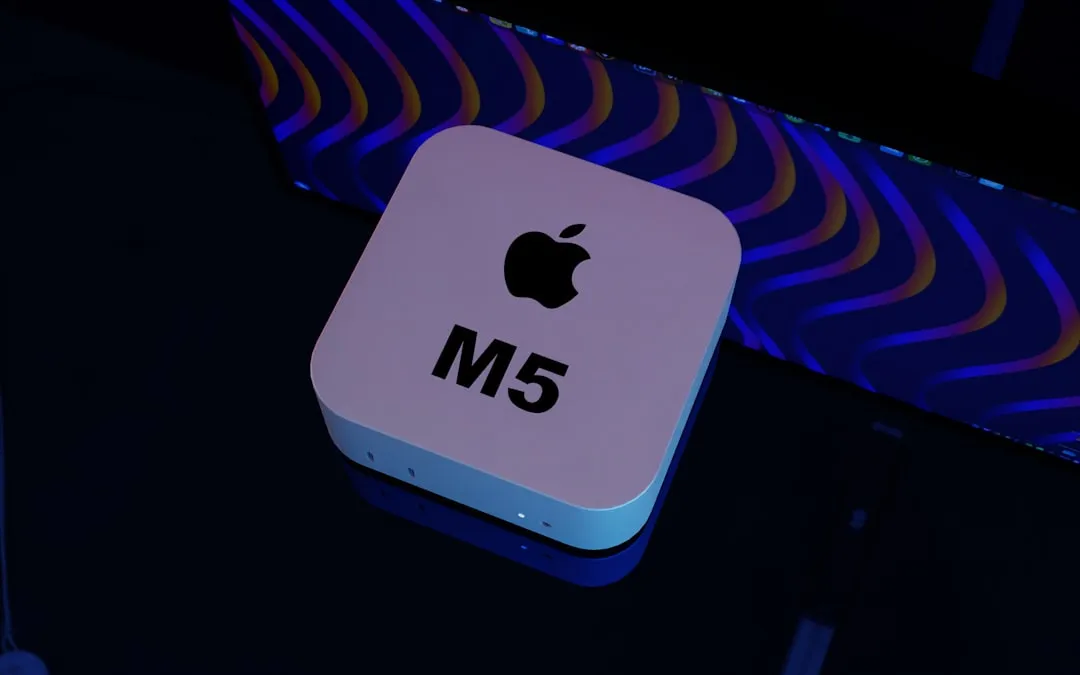
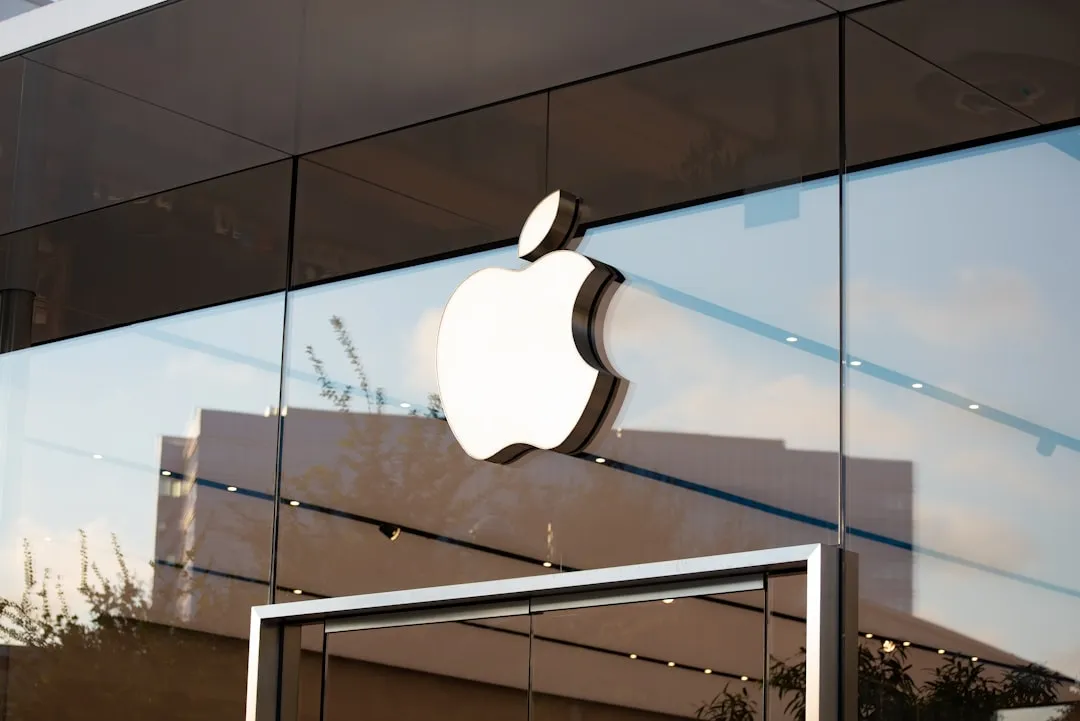
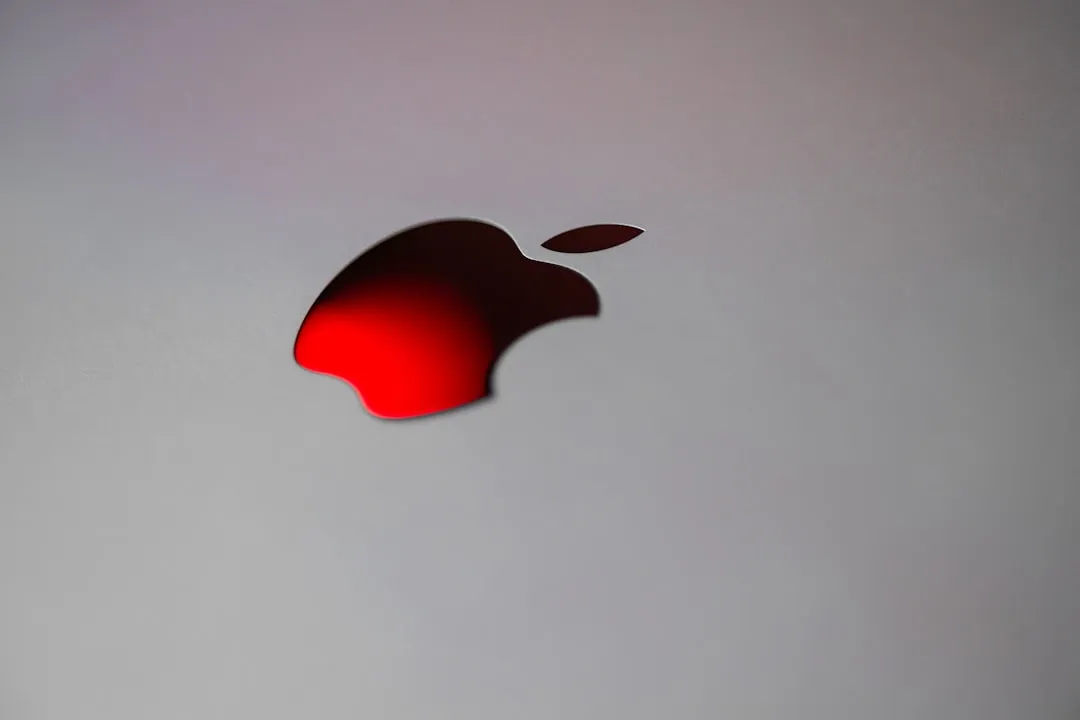

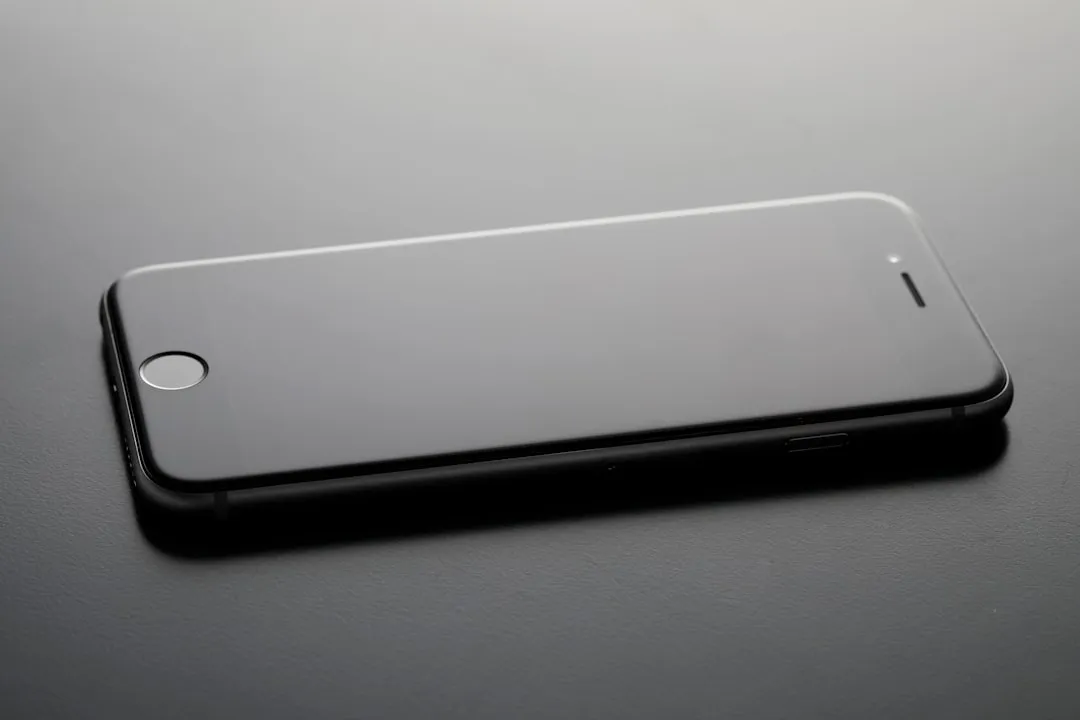

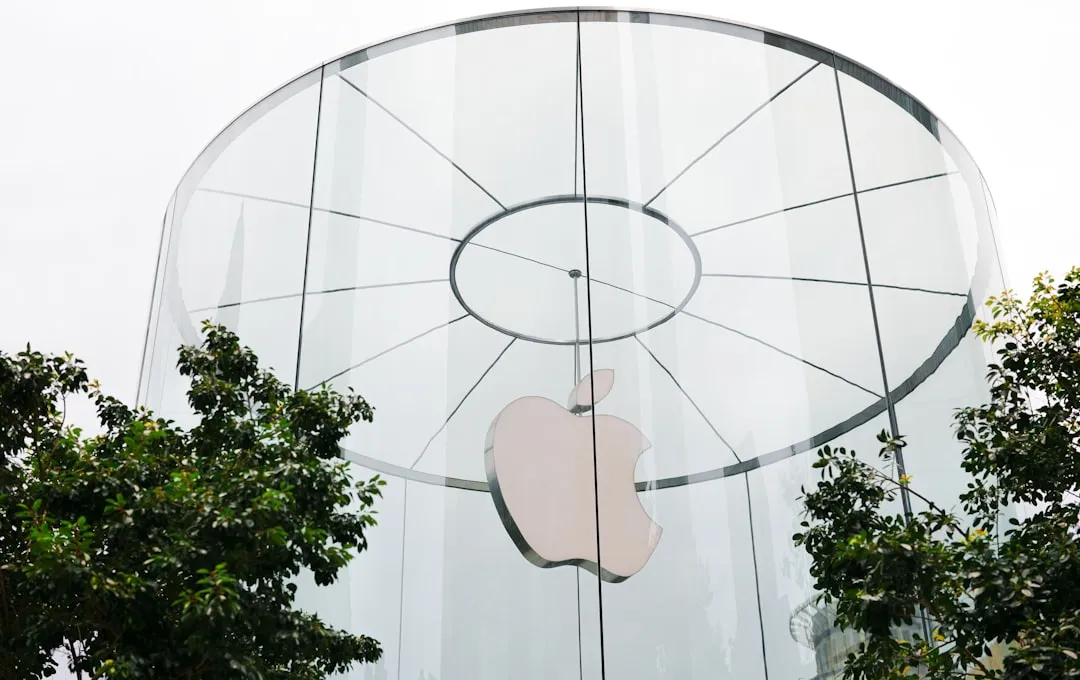


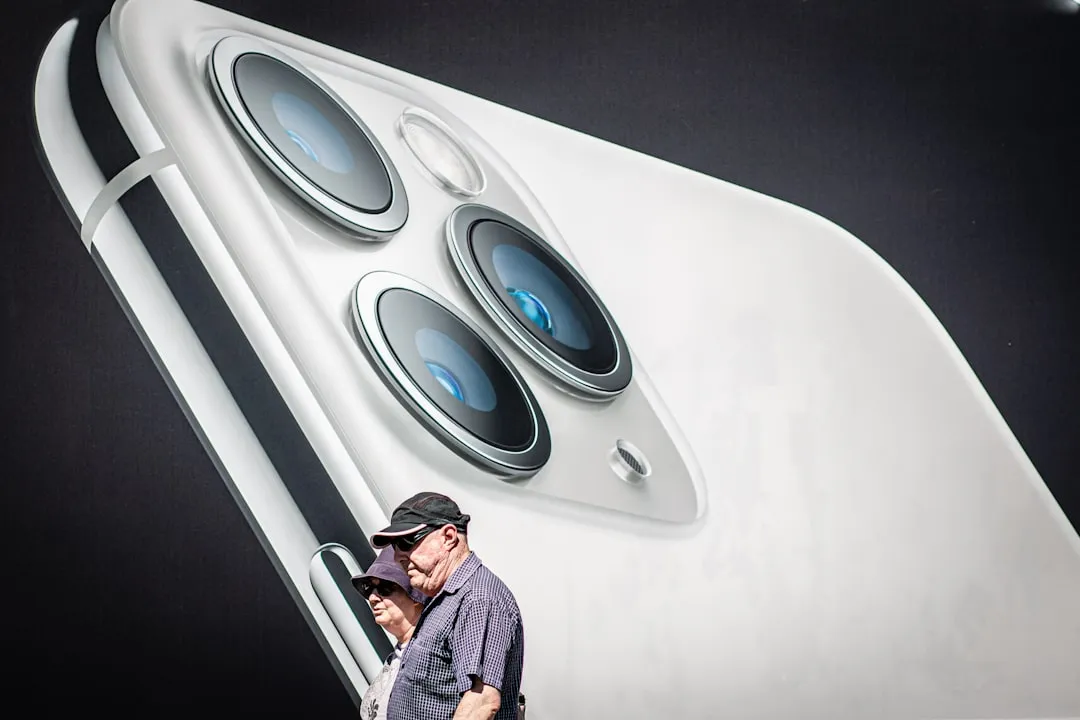
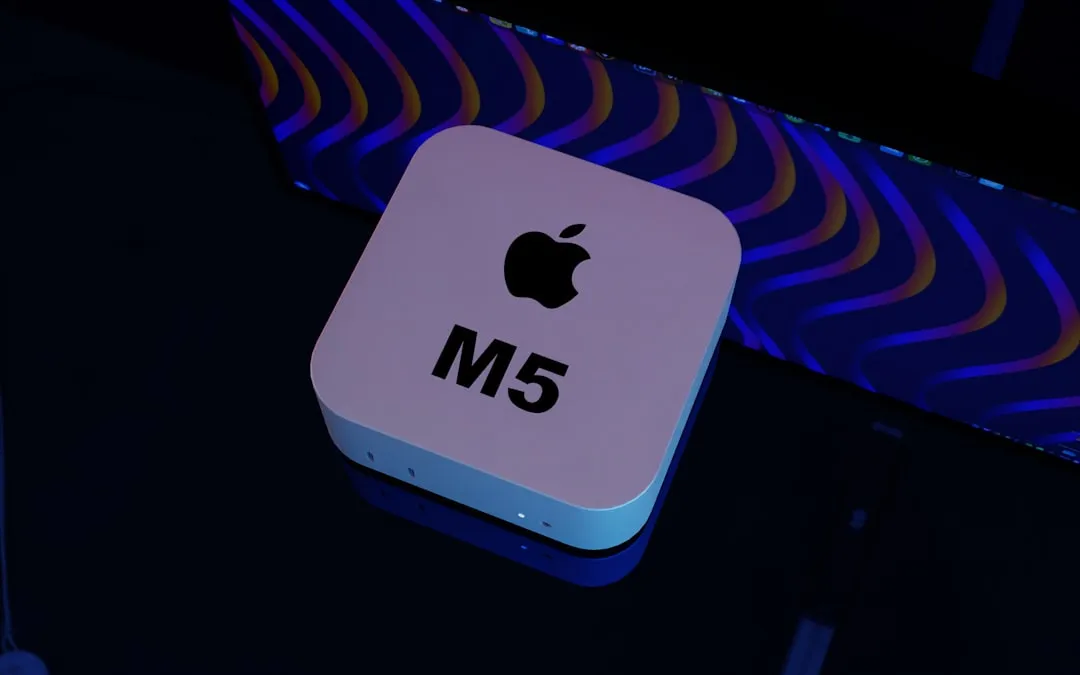
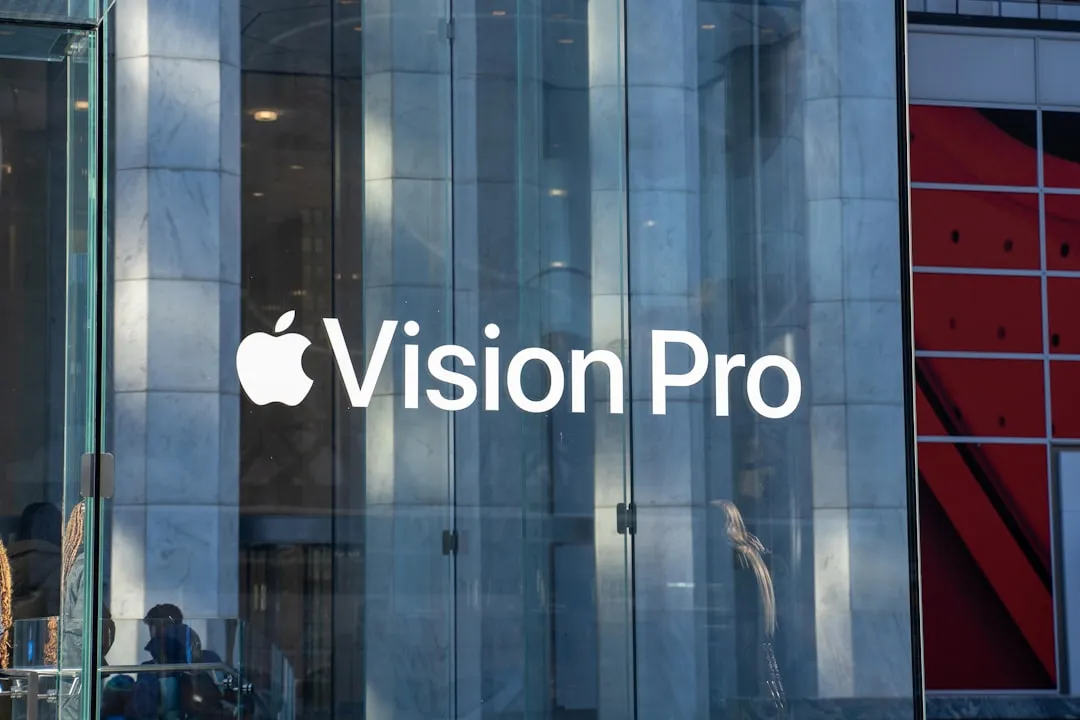

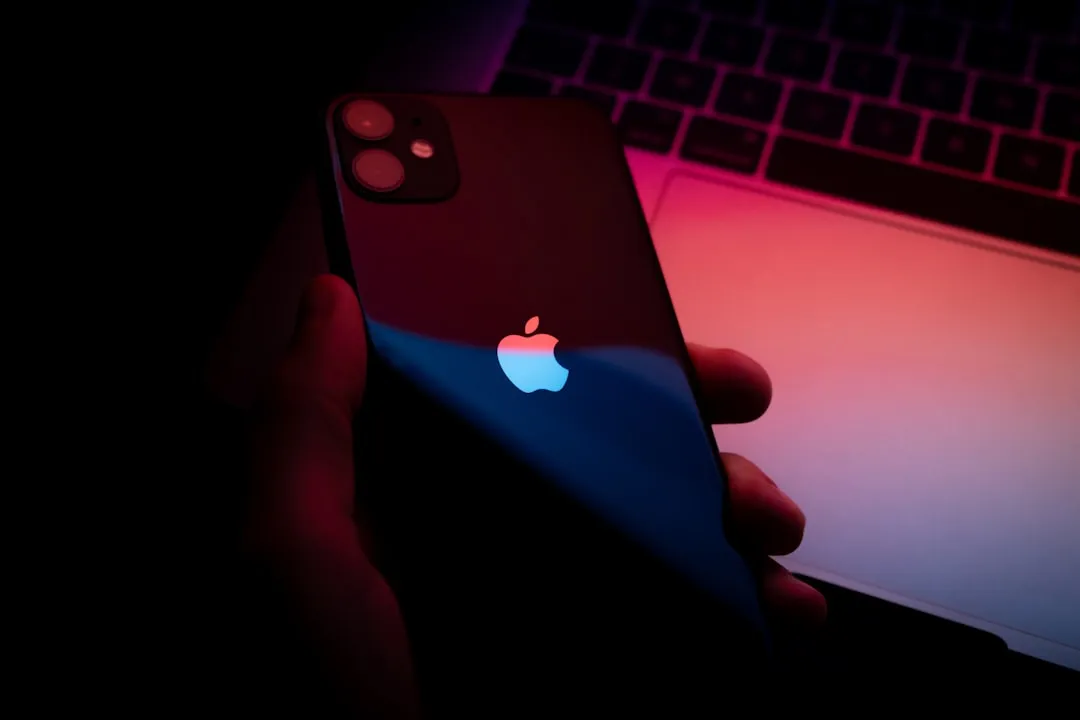
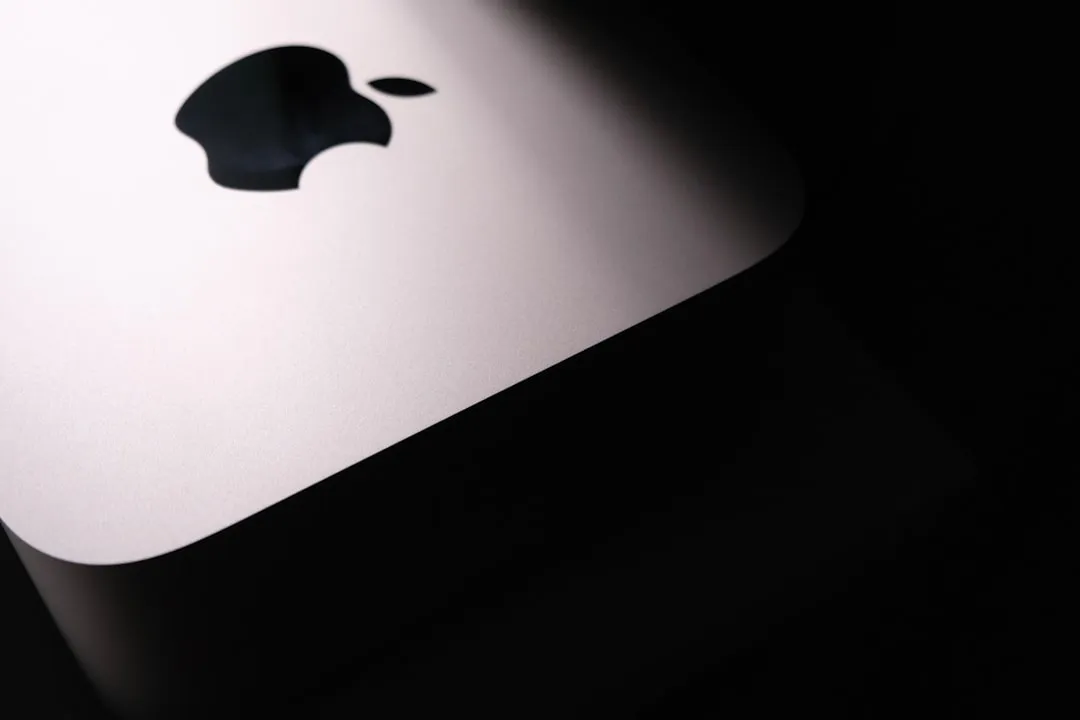



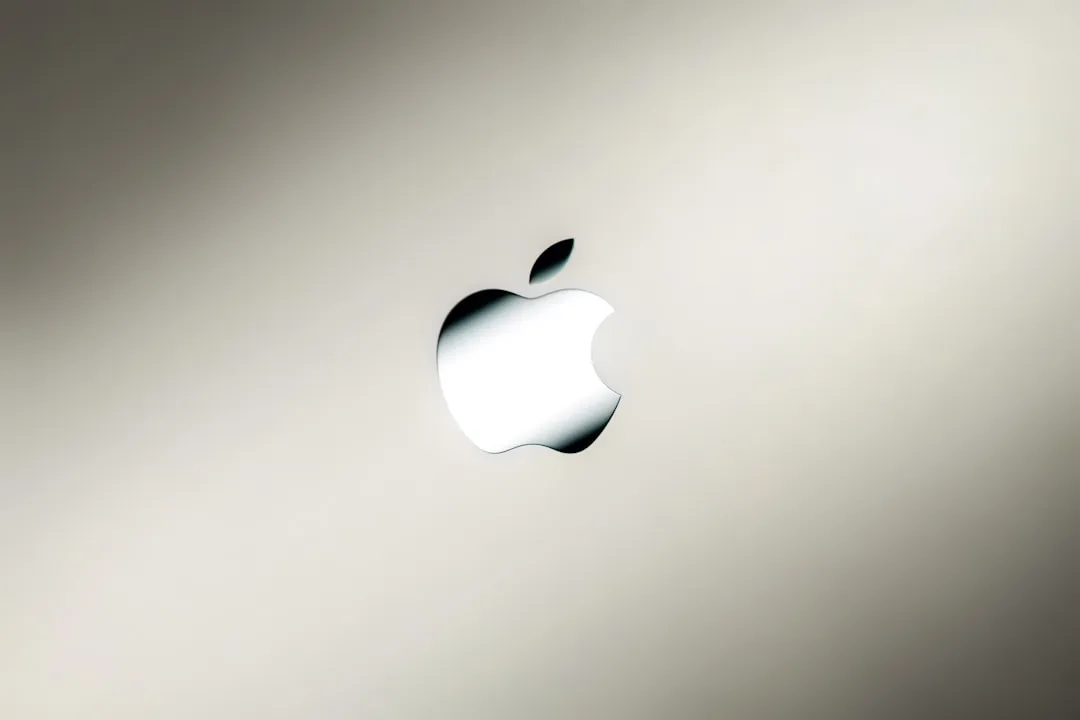

Comments
Be the first, drop a comment!